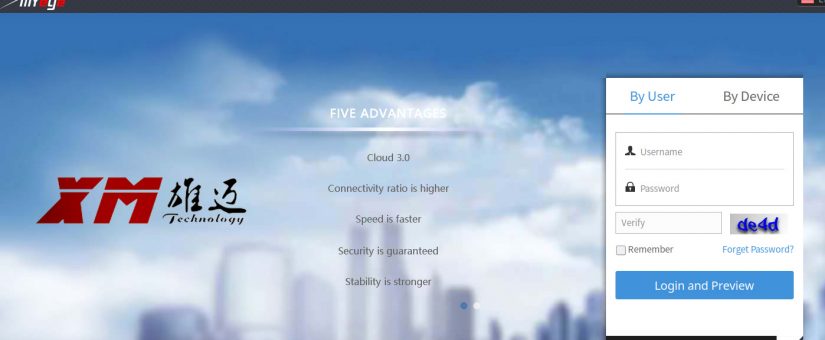Hello All,
This post is about to generate 1000's of views. Many people are about to find out their Q-See systems will stop P2P sharing and will not be able to remote view because the vendor is going out of business tomorrow. Q-See has recommended to use remote access via DMZ and enable DHCP. Basically, turning off your router’s firewall and allowing an outside connection directly to your NVR. (directions found on their web site). However, everything I’ve read about it states this could open your network up to hacker attacks. I want to use this as a brain storming area and pick people’s knowledge. (Maybe port forwarding and how to do it). Please reframe from “you shouldn’t have bought Q-See in the first place (Yes Yes I know).
Option 1: Do the DMZ and risk it.
Option 2: So from what I have gather is that many of their systems were made by Dahua and should be easy to buy a Dahua NVR of similar specs and use their software and their web/phone apps to remote view. (Onvif compliant) For the most part plug and go.
Option 3: Buy or build a windows based computer/server for use as a NVR and buy a POE switch and install Blue Iris software to manage it. (most likely the most powerful and best way to achieve best recording) But uses more power than a standalone NVR?
For me I’m running a QC826 16 channel NVR (total record data max of 320MBPS) (4 full resolution channels and the rest up to 1080P) I have 3 different PTZ cameras and many 4K camera’s IP cameras and wireless cameras. Some direct connect and others running through google mesh system. I installed it myself and self-taught through trial and error. I’m looking at two different Dahua NVR models :
(Both 16 channels below)
N42B3P
nvr5216/5232-16p-4ks2e
I guess people will want to know about cost factor. It will depend on what others have already and what they want to do. I’m leaning toward a new/used Dahua NVR ($300 to $600) using the existing two hard drives in my current NVR. But if you have a computer you can convert, Blue Iris may work better.
Just to be clear all Q-see’s NVR's will still keep recording to the NVR and will be unaffected. Just remote viewing will be affected. Sorry for my typo’s just wanted to get this out and going
Alex
This post is about to generate 1000's of views. Many people are about to find out their Q-See systems will stop P2P sharing and will not be able to remote view because the vendor is going out of business tomorrow. Q-See has recommended to use remote access via DMZ and enable DHCP. Basically, turning off your router’s firewall and allowing an outside connection directly to your NVR. (directions found on their web site). However, everything I’ve read about it states this could open your network up to hacker attacks. I want to use this as a brain storming area and pick people’s knowledge. (Maybe port forwarding and how to do it). Please reframe from “you shouldn’t have bought Q-See in the first place (Yes Yes I know).
Option 1: Do the DMZ and risk it.
Option 2: So from what I have gather is that many of their systems were made by Dahua and should be easy to buy a Dahua NVR of similar specs and use their software and their web/phone apps to remote view. (Onvif compliant) For the most part plug and go.
Option 3: Buy or build a windows based computer/server for use as a NVR and buy a POE switch and install Blue Iris software to manage it. (most likely the most powerful and best way to achieve best recording) But uses more power than a standalone NVR?
For me I’m running a QC826 16 channel NVR (total record data max of 320MBPS) (4 full resolution channels and the rest up to 1080P) I have 3 different PTZ cameras and many 4K camera’s IP cameras and wireless cameras. Some direct connect and others running through google mesh system. I installed it myself and self-taught through trial and error. I’m looking at two different Dahua NVR models :
(Both 16 channels below)
N42B3P
nvr5216/5232-16p-4ks2e
I guess people will want to know about cost factor. It will depend on what others have already and what they want to do. I’m leaning toward a new/used Dahua NVR ($300 to $600) using the existing two hard drives in my current NVR. But if you have a computer you can convert, Blue Iris may work better.
Just to be clear all Q-see’s NVR's will still keep recording to the NVR and will be unaffected. Just remote viewing will be affected. Sorry for my typo’s just wanted to get this out and going
Alex

